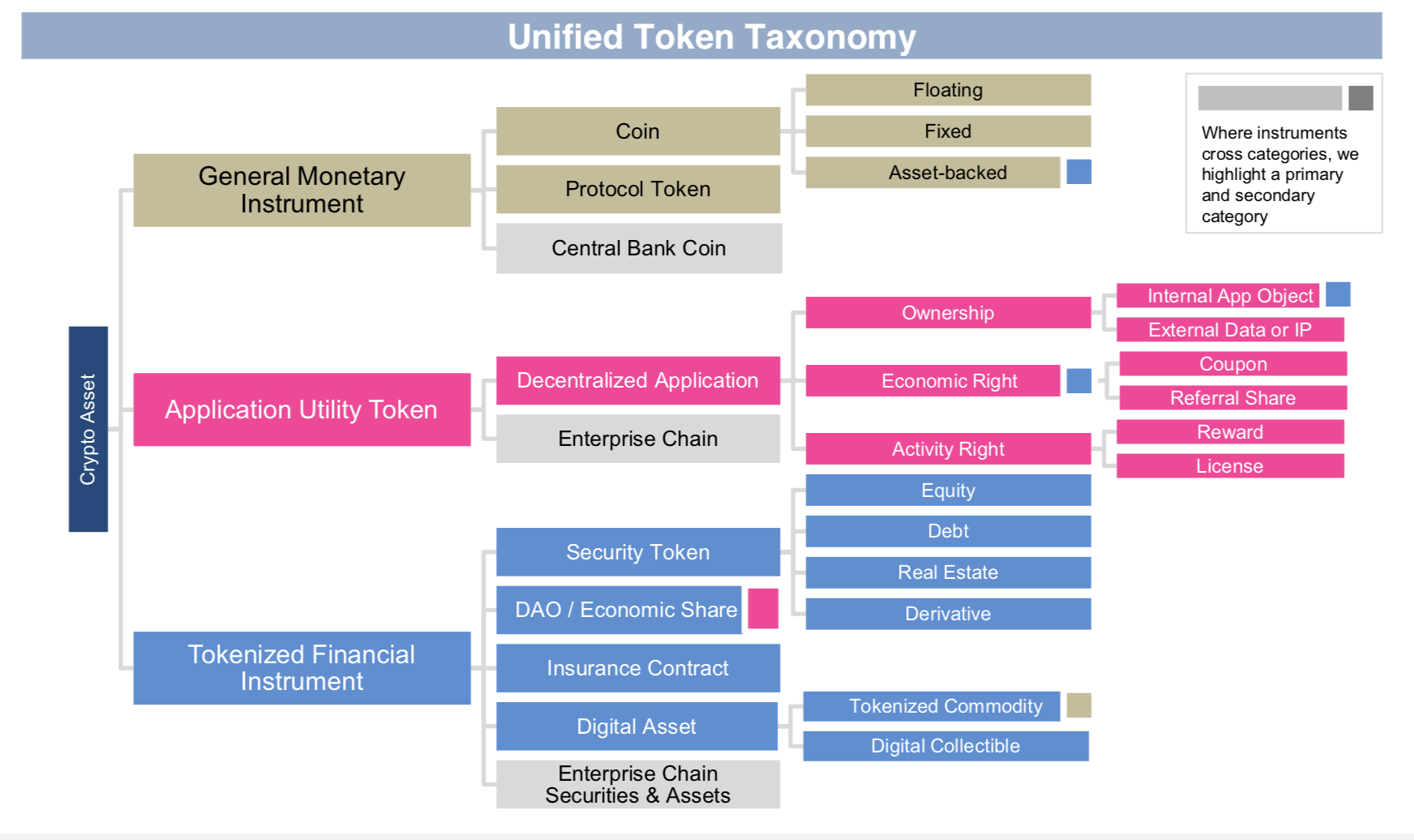Digital Currencies & Blockchain
Lecture 1

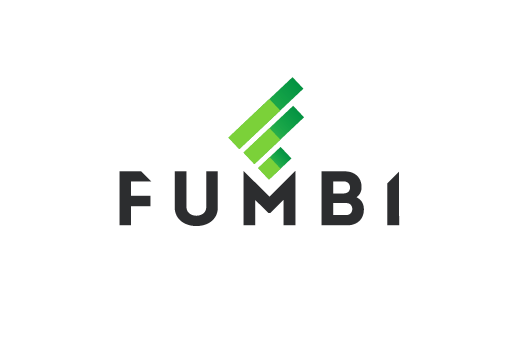
Content
- Intro to Digital Currencies (22.9.)
- Bitcoin Protocol (29.9.)
- Mining & Consensus Algorithms (6.10)
- Ethereum & Smart Contracts (13.10.)
- Macroeconomic Aspects of Cryptocurrencies (JF) (20.10.)
- Alternative Cryptocurrencies (27.10.)
- Settlement and Transaction Layers (JF) (3.11.)
- Security & Privacy Considerations of Cryptocurrencies (10.11.)
- Blockchain in Enterprise and Alternative usecases (17.11.)
- Decentralized Finance (24.11.)
- Legal Considerations (JF) (1.12.)
- Metaverse and the Future of Cryptocurrencies (8.12.)
Course Goals
- To help you understand how and Cryptocurrency work
- What are their key features and traits
- What is blockchain and where it makes sense to implement
- To inspire you to dive deeper into crypto
- Help you understand its macroeconomic impact
- Understand the technology and legal implications
Grades
- Semester activity - 40%
- Activity during lectures
- Assignments
- Exam 60%
About me
- Researching crypto since 2012
- Advisor to multiple crypto startups
- Member of working groups (MF,..)
- Founder Blockchain Slovakia
- Co-founder of Paralelna Polis
- CTO @ Fumbi
- Advisor @ Vacuumlabs
- Author of Coinstory
Contact:
david@fumbi.network
History & Evolution of Digital Currencies
Content
- Introduction to the Topic
- The emergence of Digital Currencies
- Main Principles and Definitions
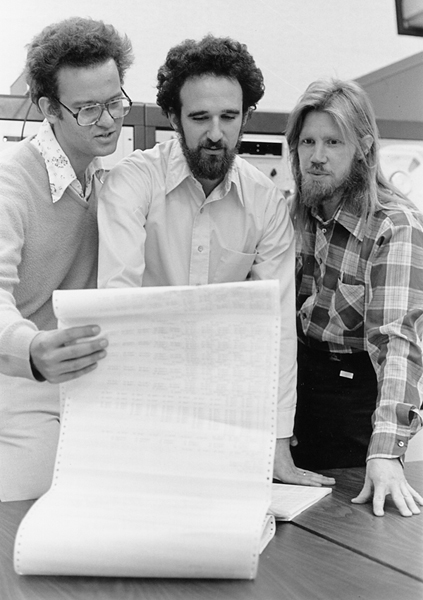

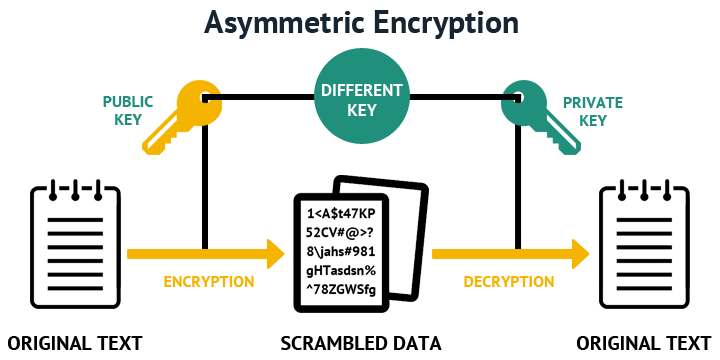
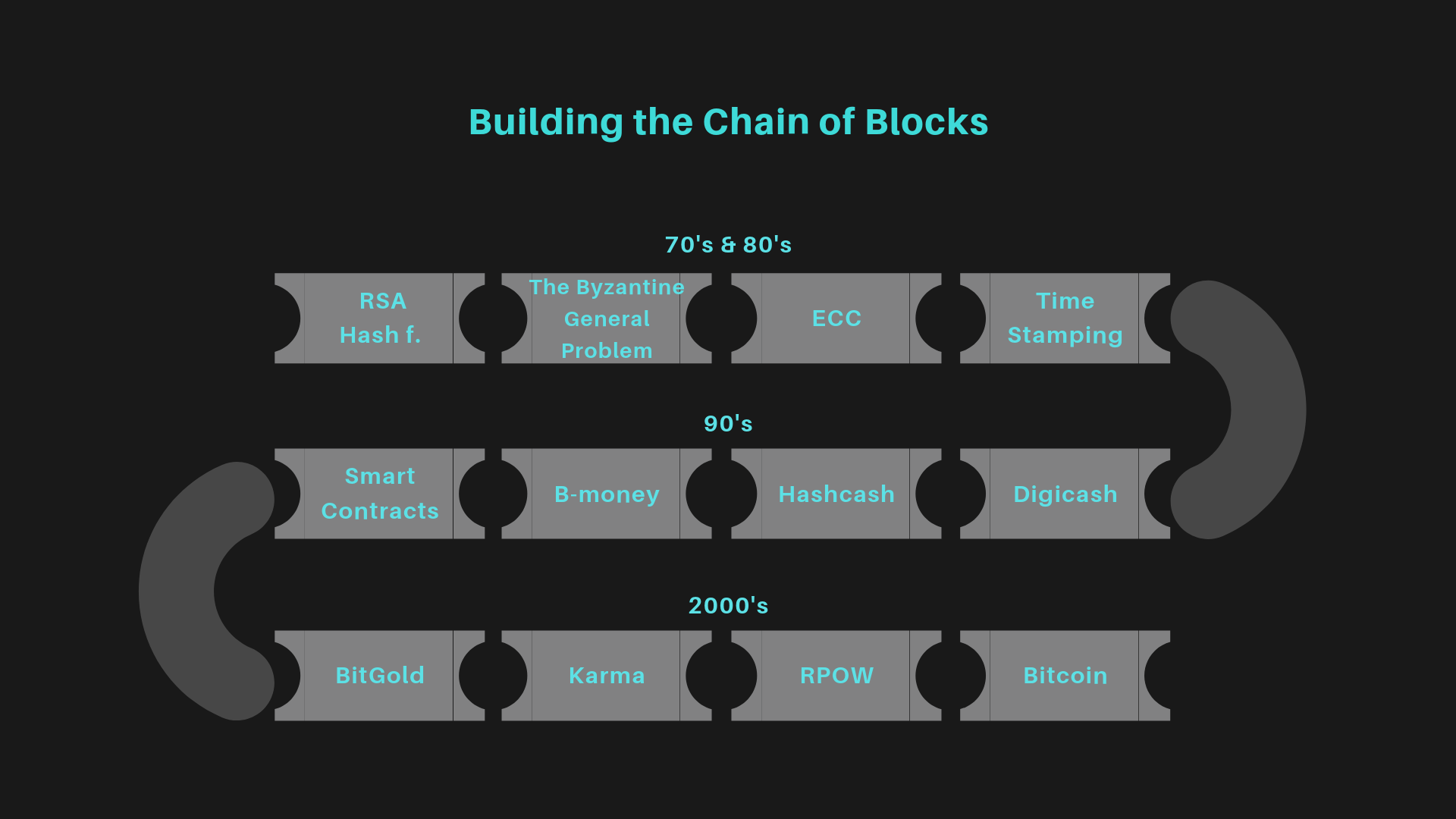
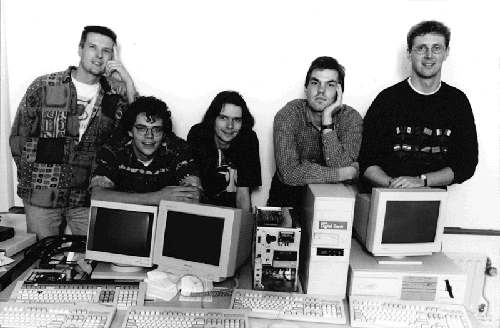
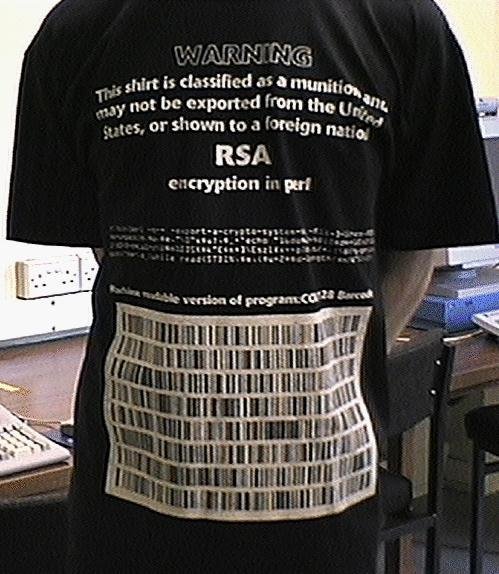

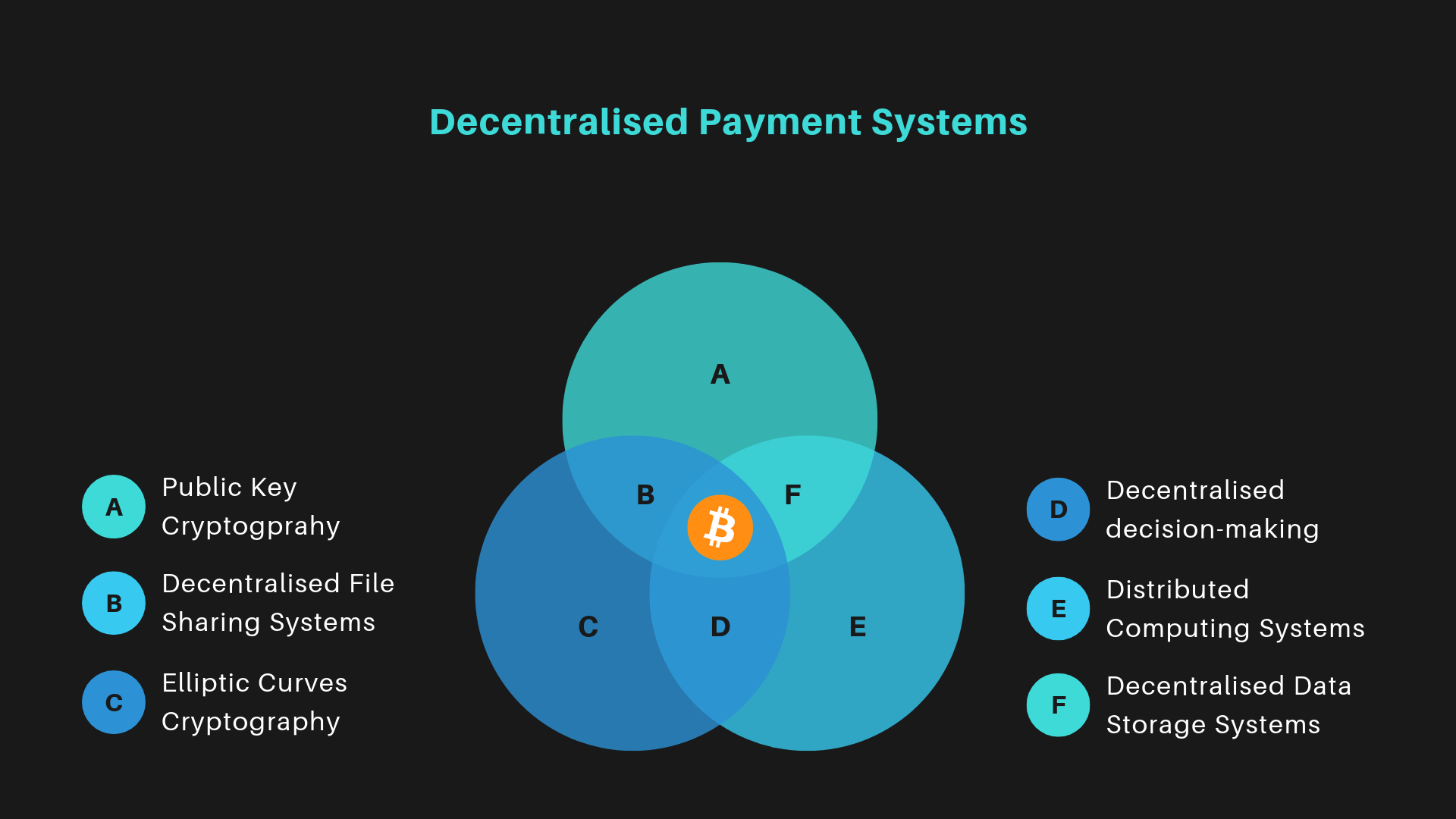


What is Bitcoin anyway?
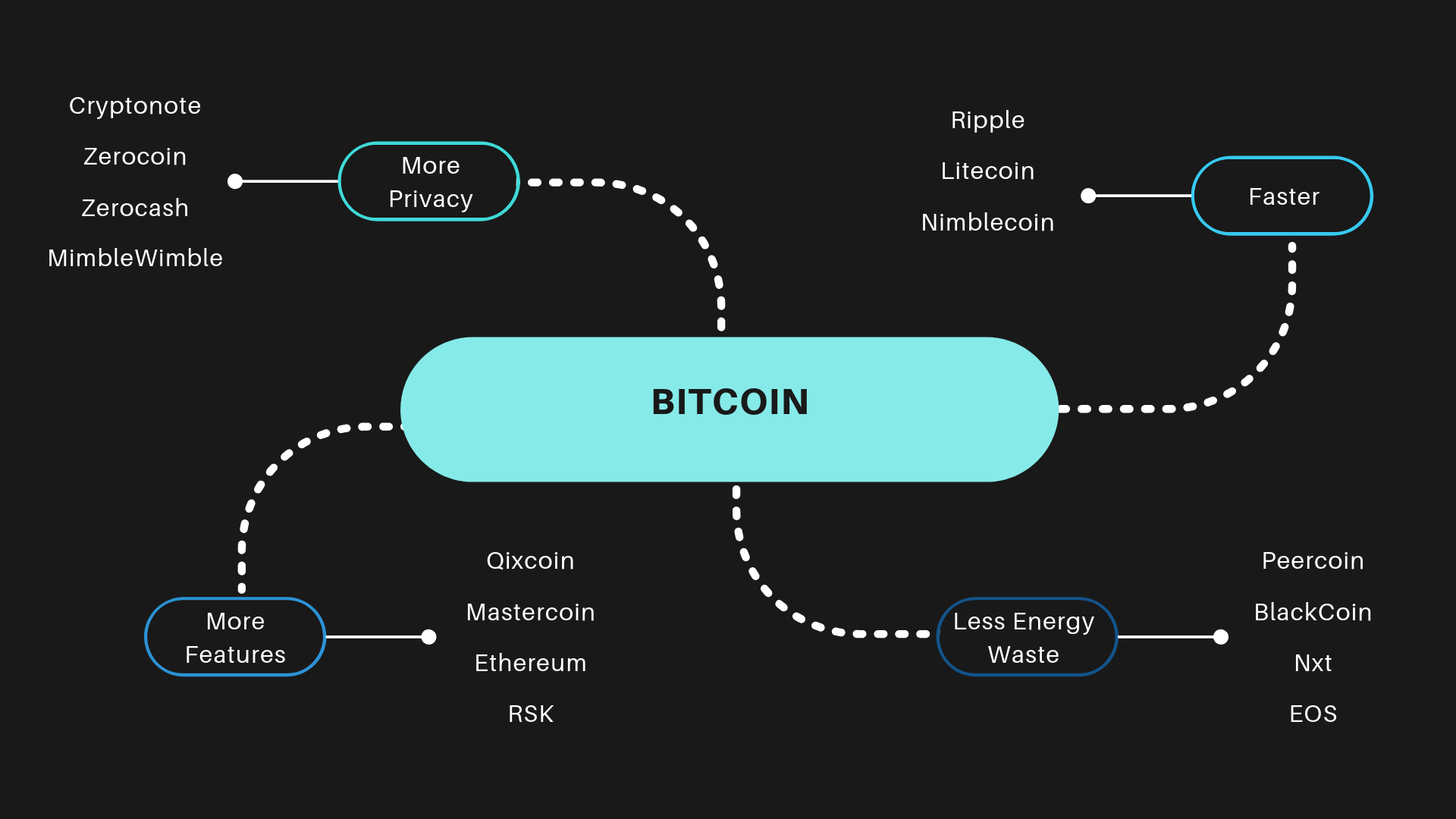
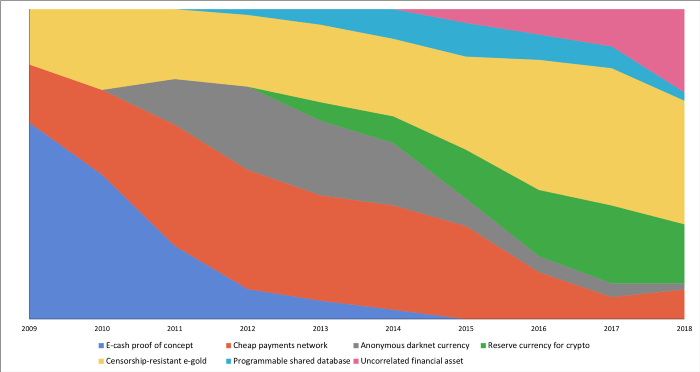
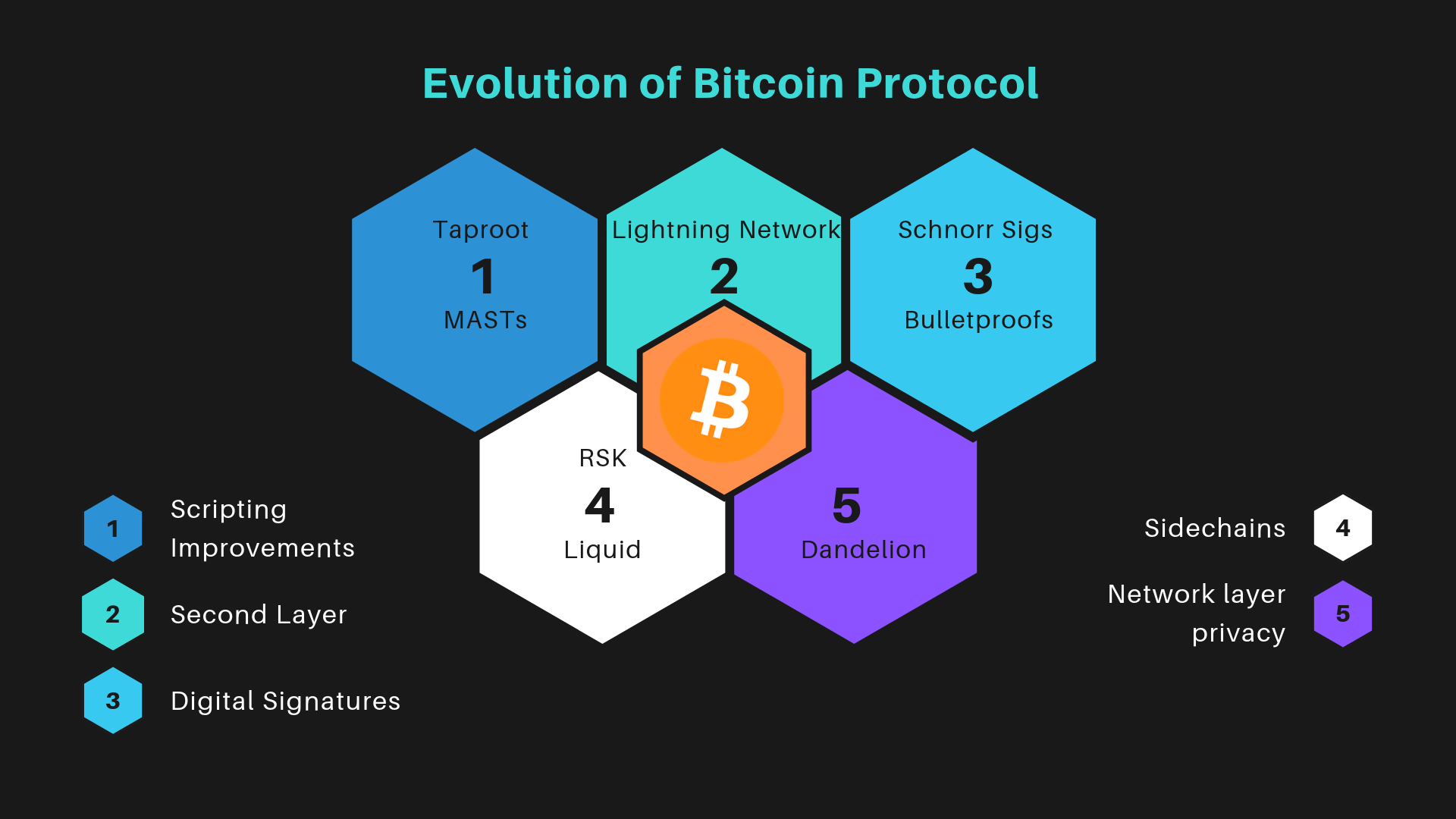
| Inflation Rate - 2020 | 3.8 |
|---|---|
| Inflation Rate - 2021 | 1.8 |
| Current Block Reward | 6.25 BTC |
| Next Halving Date | May 2024 |
| Next Block Reward | 3.125 BTC |
| Total BTC Mined | 18 800 000 |
| Total BTC Mined (%) | 90 |
| Blocks per day | ca. 144 |
| BTC Mined per day | ca. 900 BTC |
| Blockchain Size | 365 GB |
| Total nodes | ca. 100 000 |
Key Stats
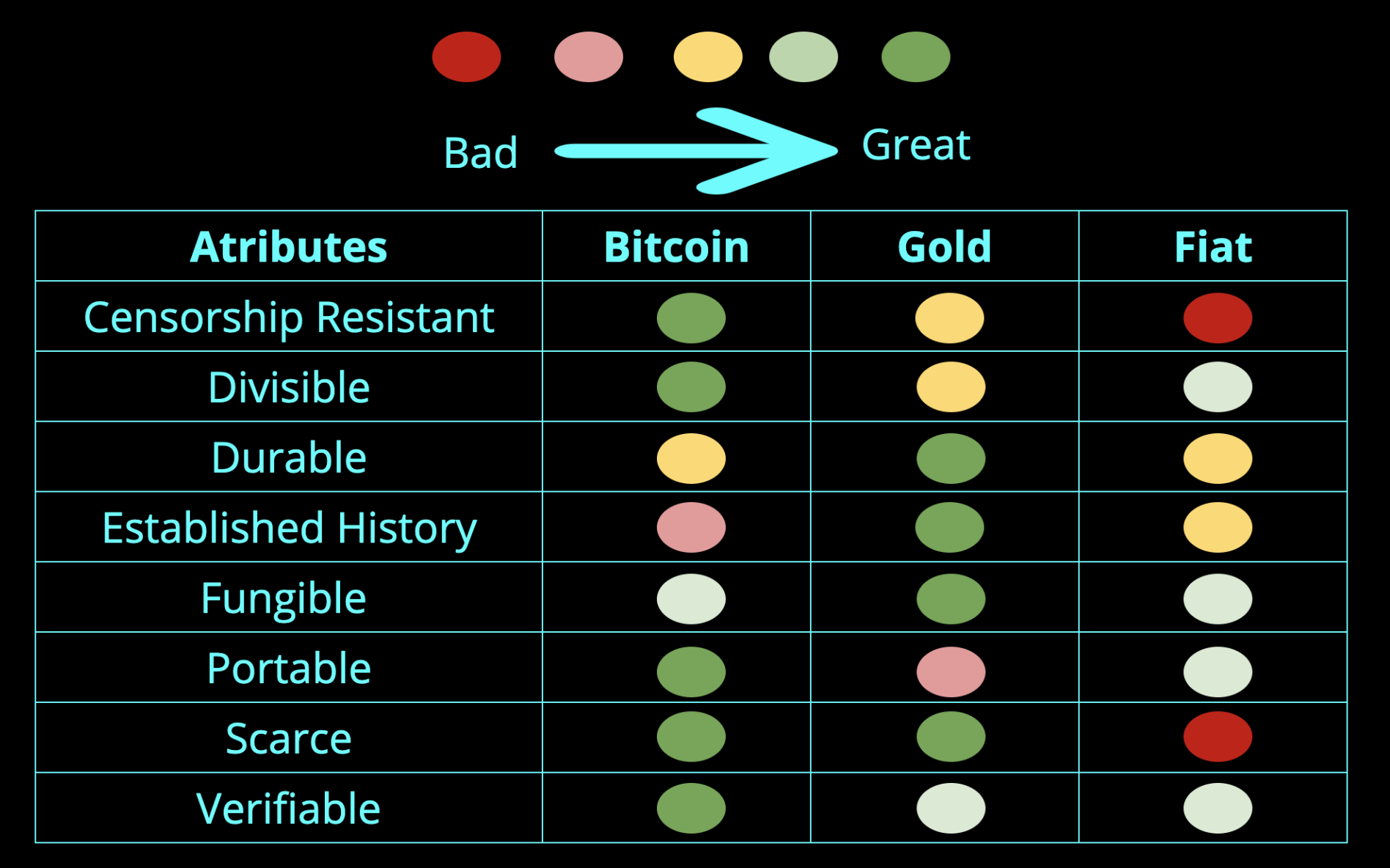
Blockchain
- Looking for open, unstoppable, peer-to-peer payments, for reasons mentioned earlier.
- We need to agree about all transactions in the system –-> to reach a consensus about the state of the ledger.
- We need to get an agreement securely, expecting some participants to come and leave at any time, and expecting some will try to cheat. This can be achieved in basic form through proof-of-work, which is chaining blocks of transactions.
- Since proof-of-work is hard, it must be incentivized.
- Hence, Bitcoin and the concept of cryptocurrency is born.
So, why blockchain?
A tamper-proof, shared digital append-only ledger that records transactions grouped into blocks in a decentralized peer-to-peer network.
The permanent recording of transactions in the Blockchain stores permanently the history of asset exchanges that take place between the peers.
Updating the ledger (usually) requires solving Byzantine Agreements (hash) with economically incentivized participation, secured by cryptography
What is Blockchain?




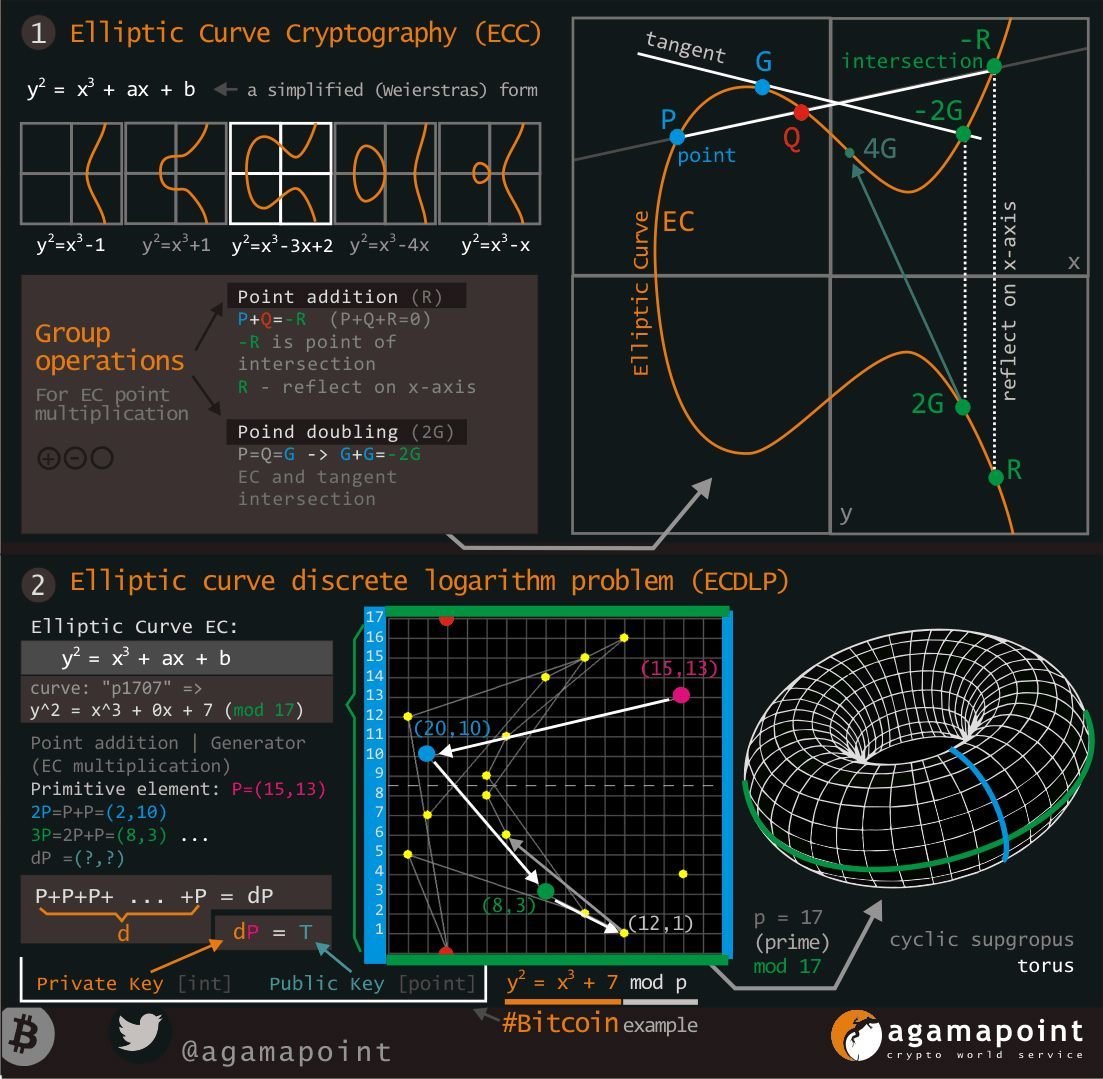


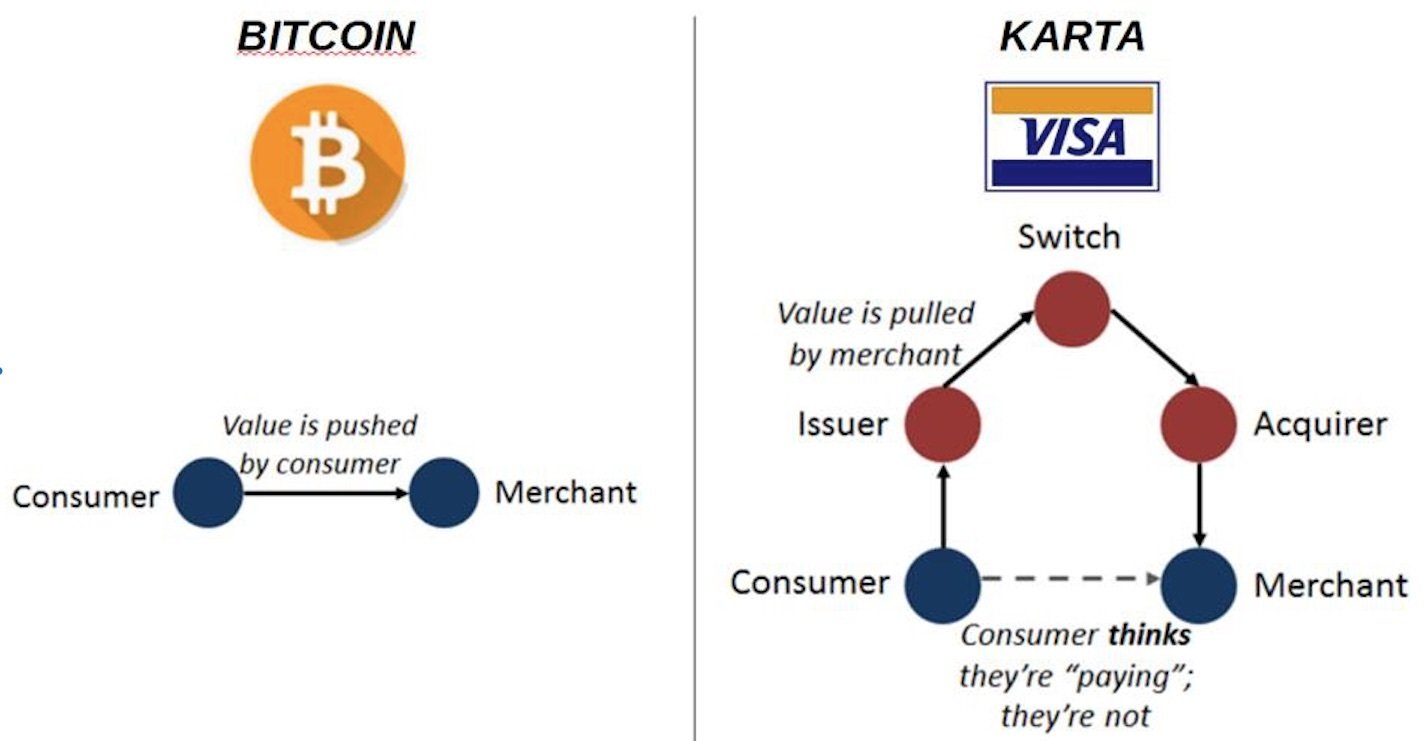
1. New TX is broadcasted
2. Each Node collects TXs
3. Randomly selected node gains the right to canonize "the truth" in the block
4. Other nodes accept/reject the block based on its validity
5. Acceptance is expressed by including block's hash into the following blocks
Blockchain - synchronization
Consenus Mechanisms
Proof of Work (Bitcoin)
Proof of Stake (PIVx)
Delegated Proof of Stake (NXT)
Practical Byzantine Fault Tolerance (Hyperledger)
Delegated Byzantine Fault Tolerance (NEO)
Proof of Importance (NEM)
Directed Acyclic Graph (IOTA, Hashgraph)
Blockchain Simulation:
1. https://anders.com/blockchain/public-private-keys/keys.html
2. https://anders.com/blockchain/hash.html
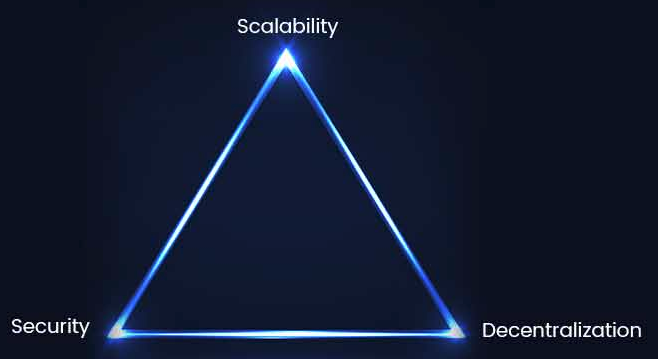



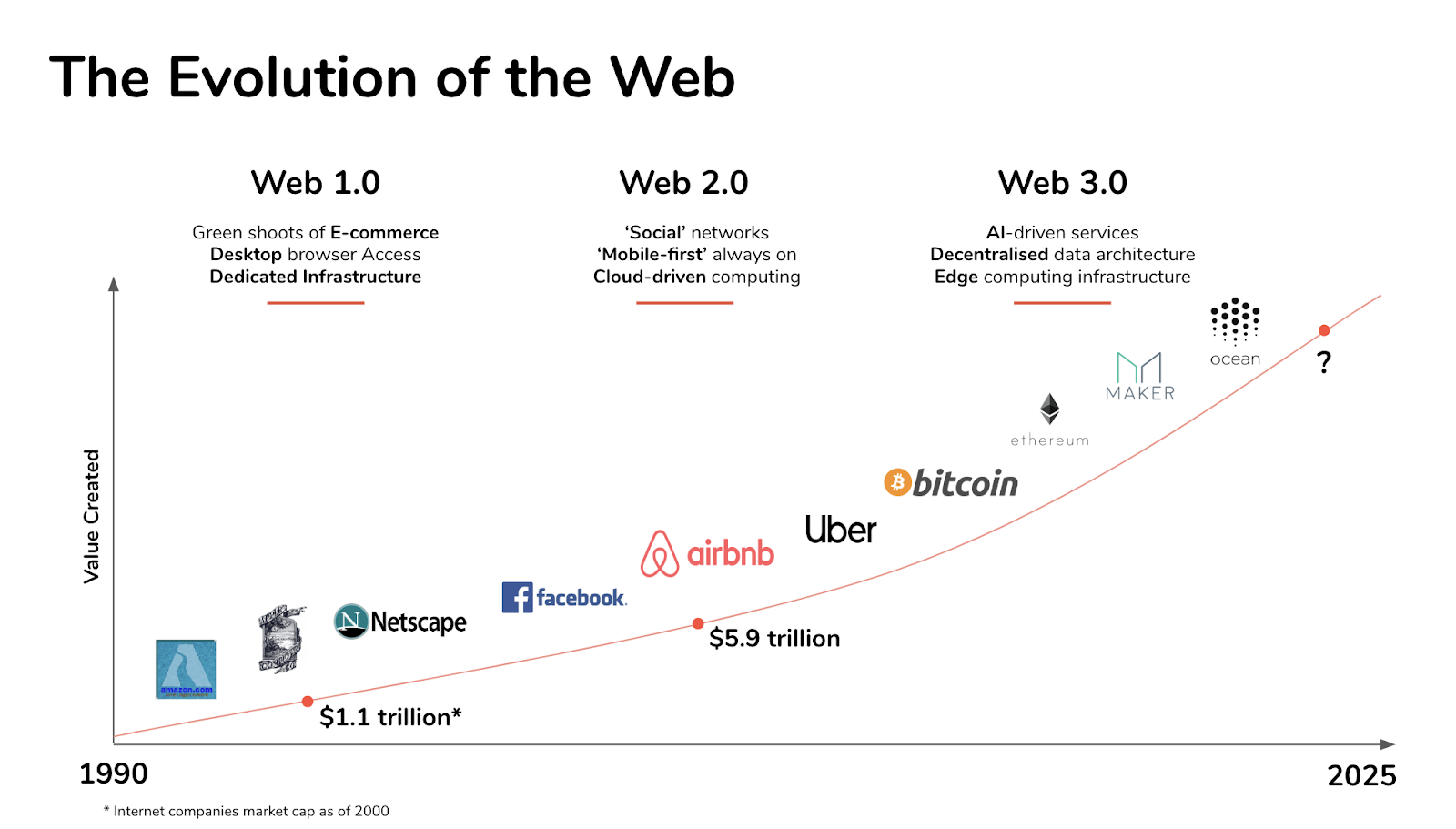
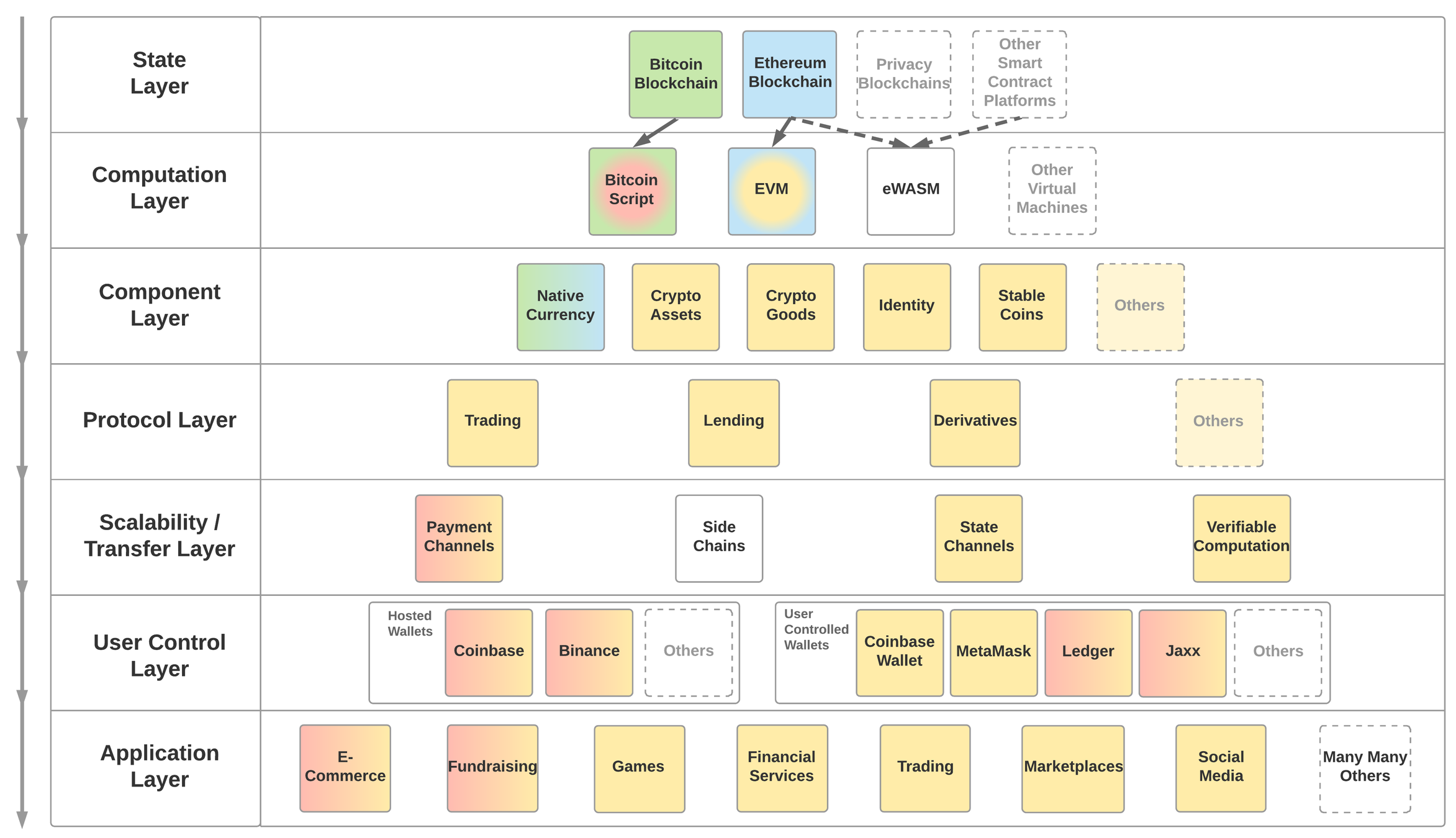
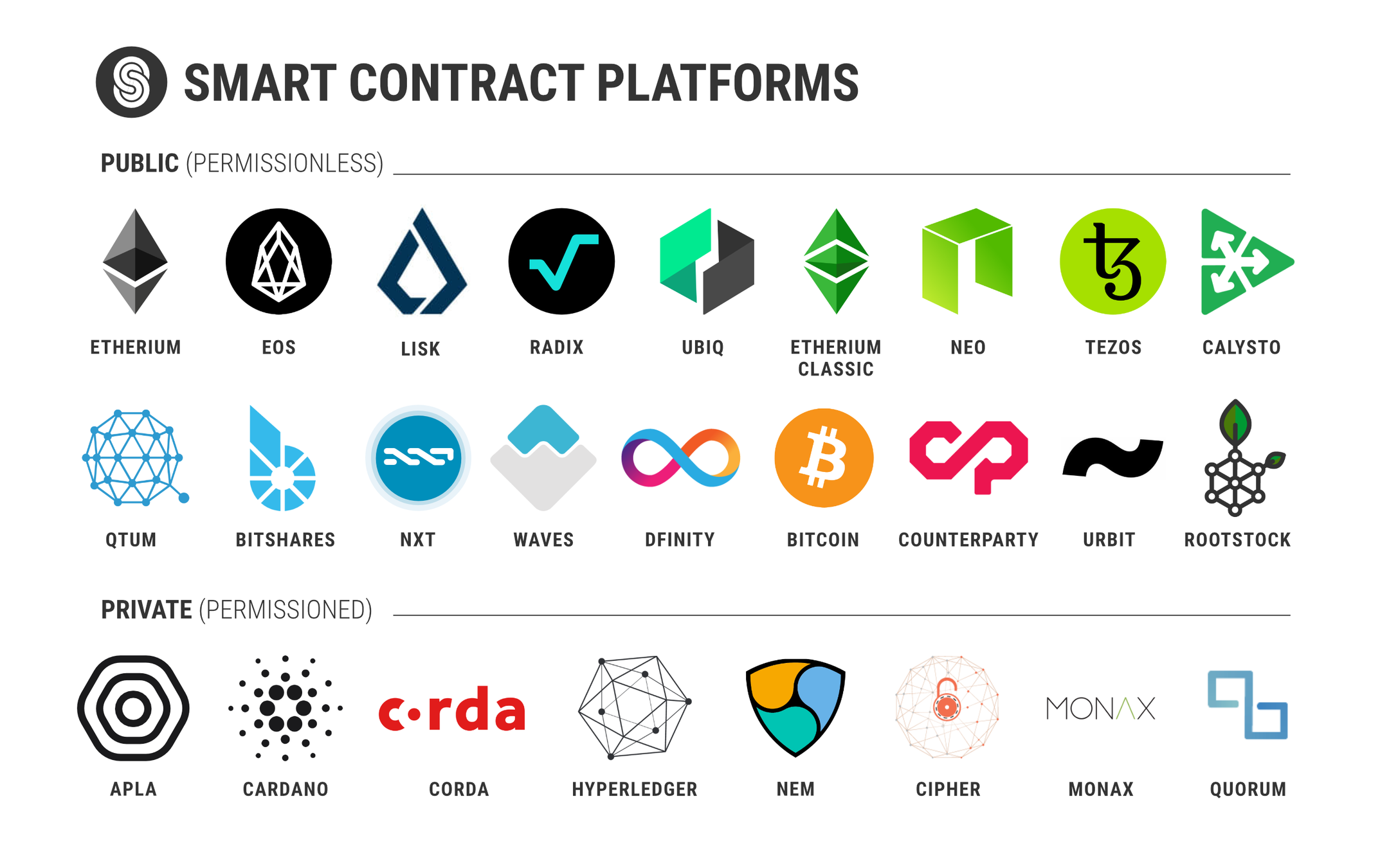



Non-fungible tokens (NFT)

What is this? And how could it be relevant?
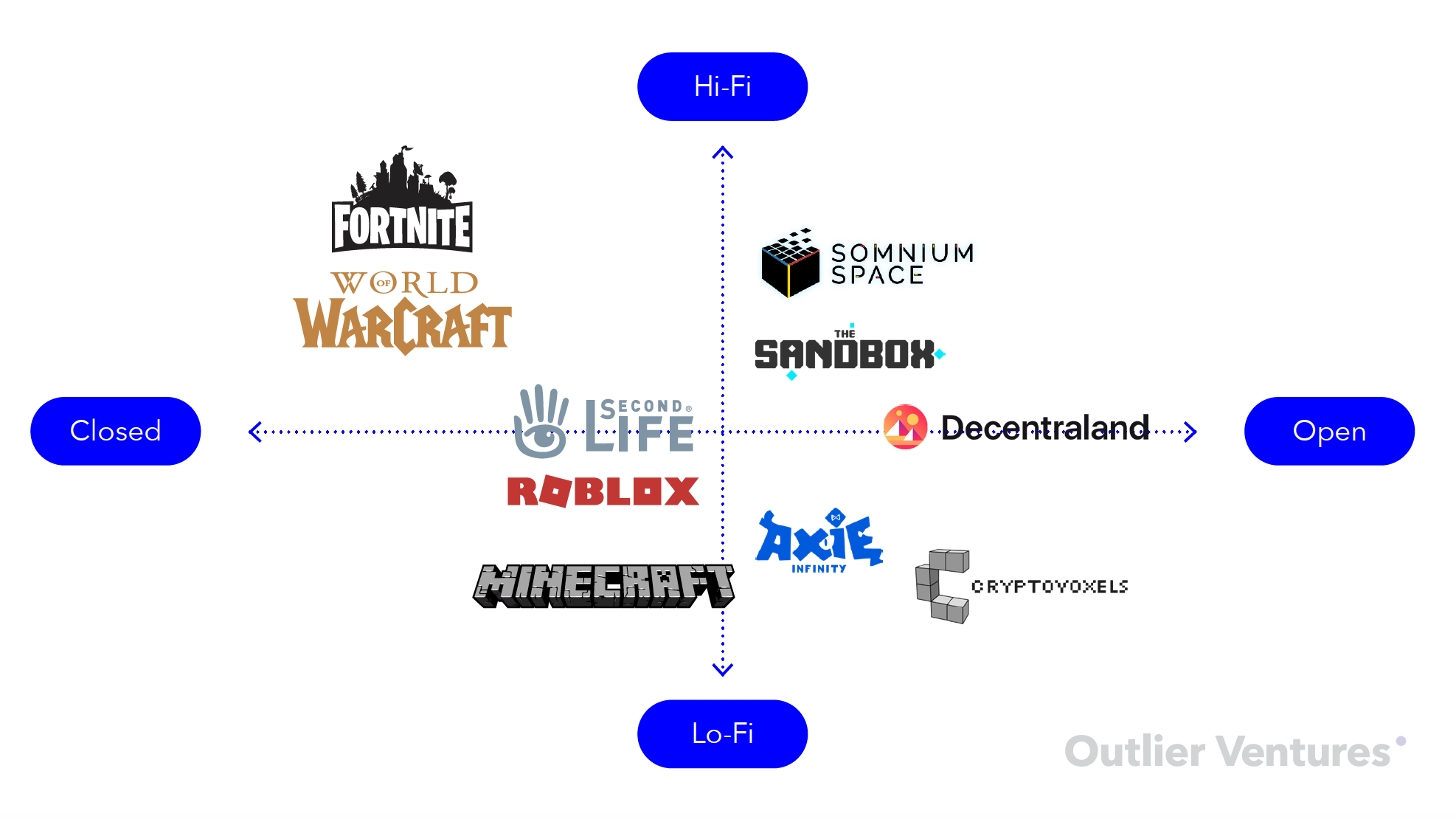
Virtual Worlds on Blockchain

CONVERGENCE
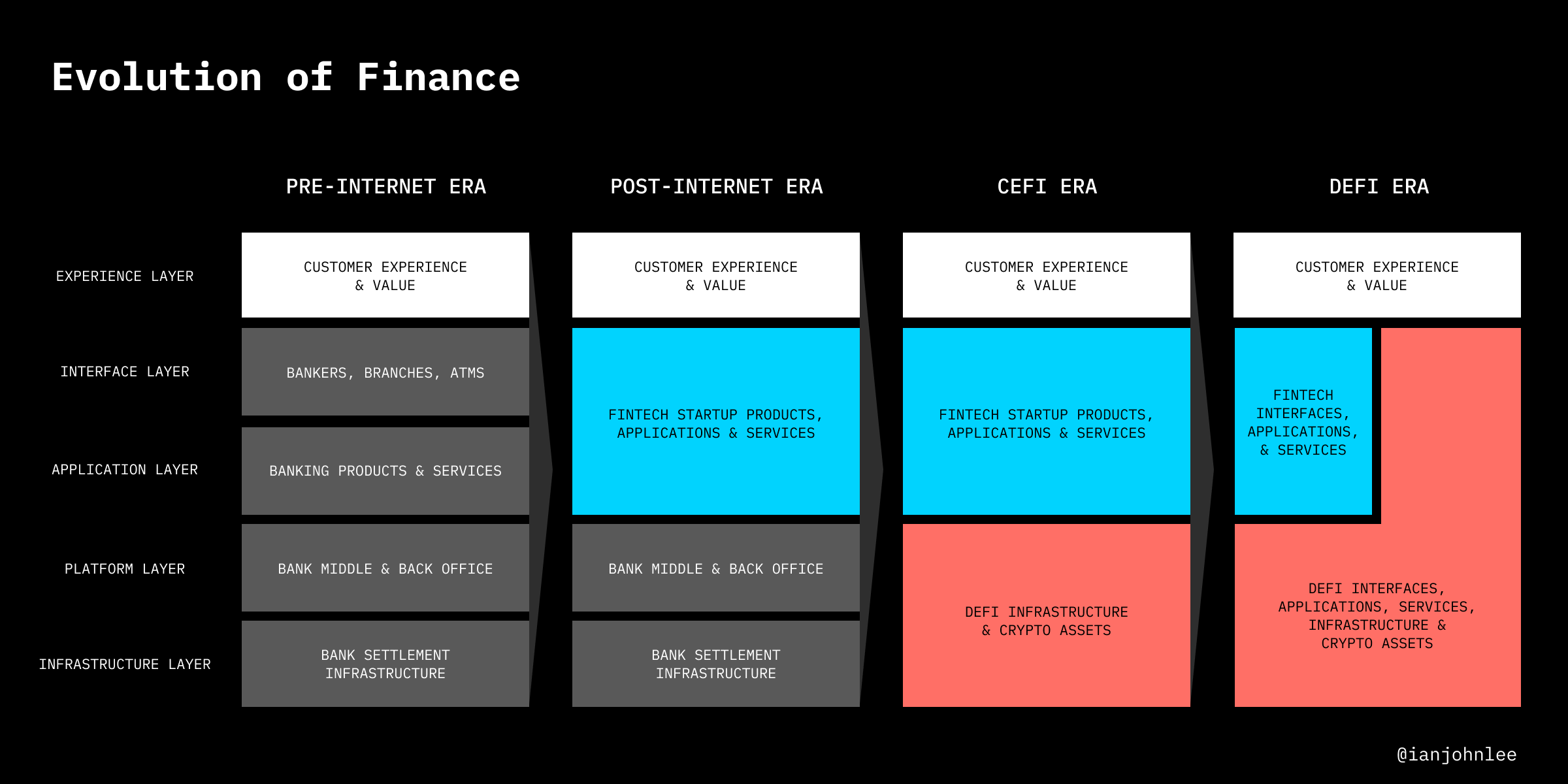
Literature:
Key pre-Bitcoin Work:
Questions for next lecture:
- How does Bitcoin transaction work?
- How mining works?
- What is UTXO?
Thank you!
david@fumbi.network


